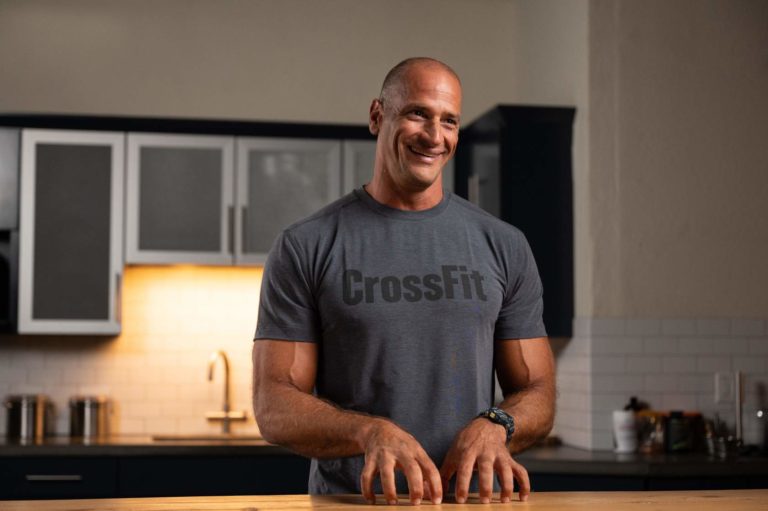Question: I have several long-term members who refuse to scale. What should I do?
Convincing athletes who resist scaling workouts requires education and communication. Athletes must understand that scaling prevents them from performing movements or loads they’re unprepared for, especially in a competitive environment. For instance, if a workout calls for 21-15-9 reps of thrusters at 95 lb, and an athlete’s max thruster is 110 lb, they should scale down to 70 or 75 lb to prevent injury. Mitigating risks from excessive work, load, or poor technique is crucial.
Scaling also helps athletes stay within the workout’s intended time and intensity. CrossFit incorporates various time domains, from short, high-intensity sessions to long, lower-intensity ones. Athletes need to experience all these domains to get the desired adaptations. Failure to scale properly can turn a 10-minute high-intensity workout into a 20-minute low-intensity slog, leading to diminished fitness results over time.

Prescribed workouts require high technical skill and fitness. Coaches should explain that athletes must earn the right to do prescribed workouts by demonstrating the ability to handle the complexity and workload safely. A scaled workout is not a lesser version; it’s tailored to maintain intended intensity and movement patterns while ensuring safety.
Coaches can discuss the entire workout and set expectations for movement and speed. If an athlete remains reluctant, they can be challenged to “prove them wrong” by excelling with the scaled option. Even if the athlete could handle the prescribed workout, doing the scaled version provides a good workout and valuable feedback for the coach.
Scaling should be celebrated in the gym culture. Refusing to scale can increase the risk of injury and diminish results. Proper scaling should be applauded, and post-workout discussions should review better options when necessary. Understanding the purpose and benefits of scaling leads to acceptance. Wise CrossFit coaches and athletes know that regular and frequent scaling is key to sustained progress and incredible results.
About the Author
 Stephane Rochet is a Senior Content Writer for CrossFit. He has worked as a Flowmaster on the CrossFit Seminar Staff and has more than 15 years of experience as a collegiate/tactical strength and conditioning coach. He is a Certified CrossFit Trainer (CF-L3) and enjoys training athletes in his garage gym.
Stephane Rochet is a Senior Content Writer for CrossFit. He has worked as a Flowmaster on the CrossFit Seminar Staff and has more than 15 years of experience as a collegiate/tactical strength and conditioning coach. He is a Certified CrossFit Trainer (CF-L3) and enjoys training athletes in his garage gym.
Ask a Coach: What Do I Do When Members Refuse to Scale?